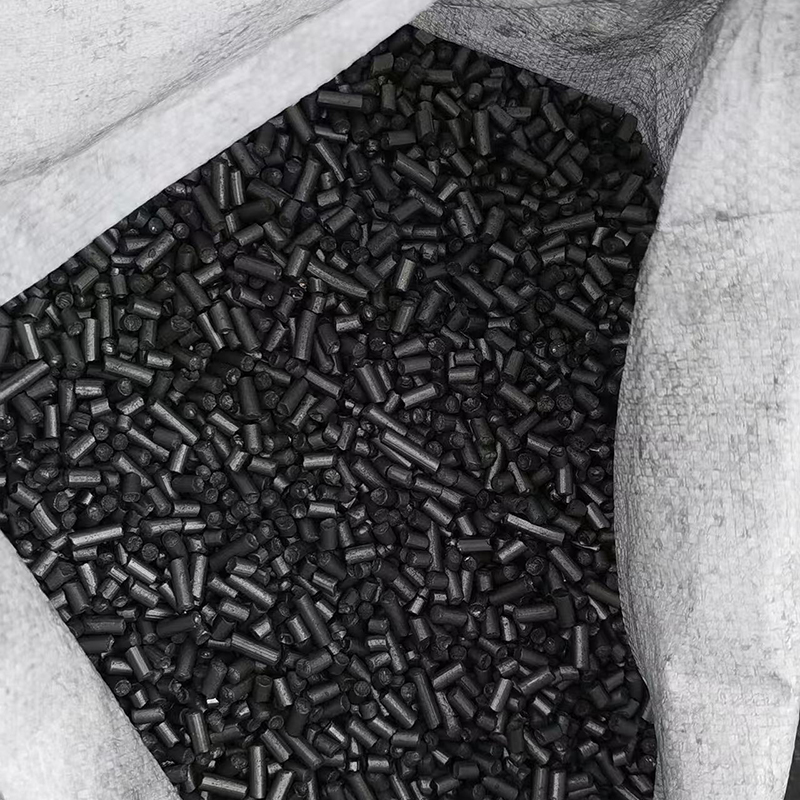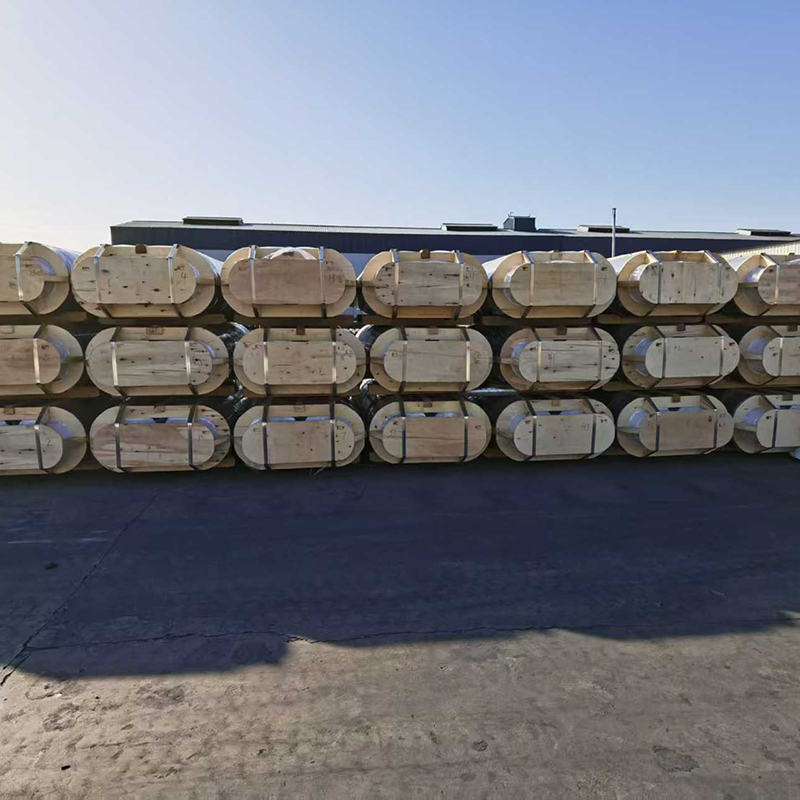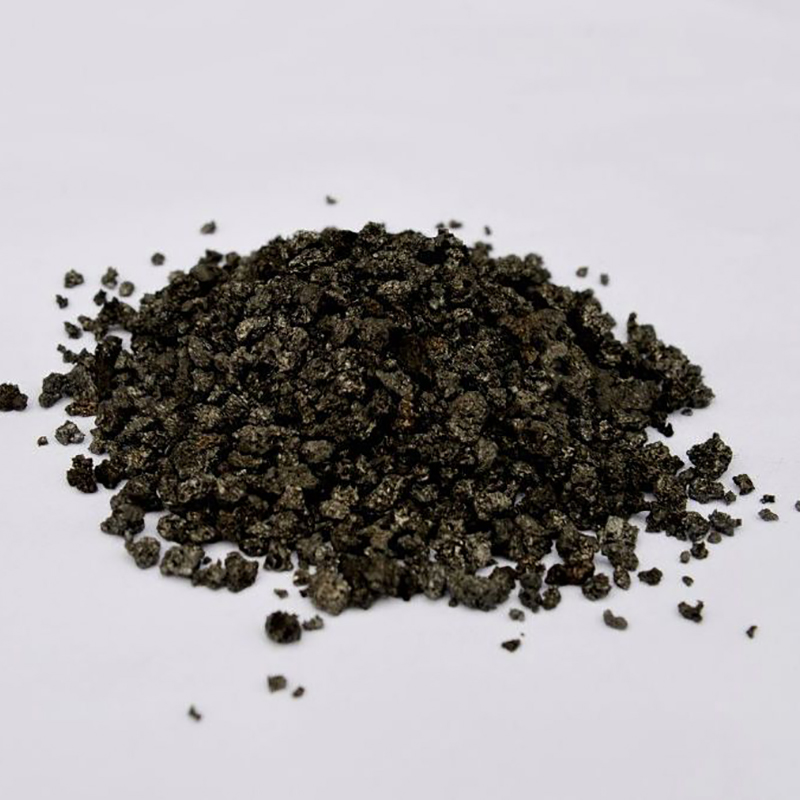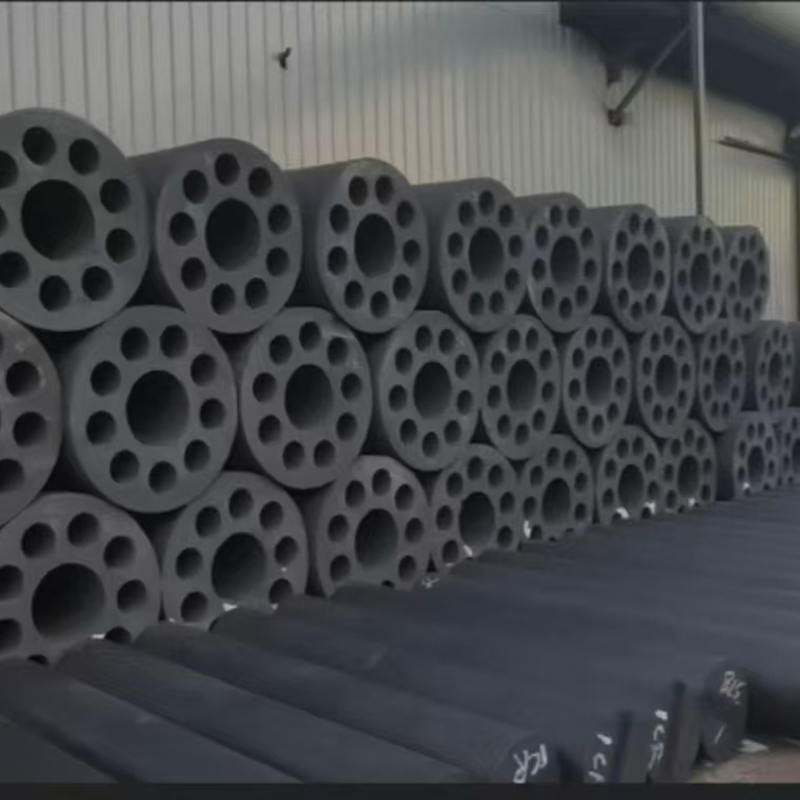- Chinese
- French
- German
- Portuguese
- Spanish
- Russian
- Japanese
- Korean
- Arabic
- Irish
- Greek
- Turkish
- Italian
- Danish
- Romanian
- Indonesian
- Czech
- Afrikaans
- Swedish
- Polish
- Basque
- Catalan
- Esperanto
- Hindi
- Lao
- Albanian
- Amharic
- Armenian
- Azerbaijani
- Belarusian
- Bengali
- Bosnian
- Bulgarian
- Cebuano
- Chichewa
- Corsican
- Croatian
- Dutch
- Estonian
- Filipino
- Finnish
- Frisian
- Galician
- Georgian
- Gujarati
- Haitian
- Hausa
- Hawaiian
- Hebrew
- Hmong
- Hungarian
- Icelandic
- Igbo
- Javanese
- Kannada
- Kazakh
- Khmer
- Kurdish
- Kyrgyz
- Latin
- Latvian
- Lithuanian
- Luxembou..
- Macedonian
- Malagasy
- Malay
- Malayalam
- Maltese
- Maori
- Marathi
- Mongolian
- Burmese
- Nepali
- Norwegian
- Pashto
- Persian
- Punjabi
- Serbian
- Sesotho
- Sinhala
- Slovak
- Slovenian
- Somali
- Samoan
- Scots Gaelic
- Shona
- Sindhi
- Sundanese
- Swahili
- Tajik
- Tamil
- Telugu
- Thai
- Ukrainian
- Urdu
- Uzbek
- Vietnamese
- Welsh
- Xhosa
- Yiddish
- Yoruba
- Zulu
- Kinyarwanda
- Tatar
- Oriya
- Turkmen
- Uyghur

Understanding and Utilizing Graphite Carbon Felt
2025-05-14
Understanding and Utilizing Graphite Carbon Felt
This comprehensive guide explores the properties, applications, and advantages of graphite carbon felt. We’ll delve into its unique characteristics, examine various uses across diverse industries, and provide insights into selecting the right graphite carbon felt for specific needs. Learn how this versatile material can benefit your projects and discover resources to help you make informed decisions.
What is Graphite Carbon Felt?
Graphite carbon felt is a porous material made from carbon fibers bonded together. Unlike traditional graphite, it possesses a unique three-dimensional structure, creating a high surface area and excellent porosity. This structure contributes to its remarkable properties, including high thermal conductivity, good chemical resistance, and excellent flexibility. Its manufacturing process involves the careful arrangement and bonding of carbon fibers, resulting in a material with tailored properties for specific applications. The inherent properties of graphite carbon felt make it suitable for a wide range of uses, from energy storage to filtration.
Properties and Characteristics of Graphite Carbon Felt
Thermal Conductivity
One of the most significant advantages of graphite carbon felt is its high thermal conductivity. This allows it to efficiently transfer heat, making it ideal for applications requiring effective heat dissipation or heat transfer. The thermal conductivity varies depending on the density and manufacturing process, but generally excels compared to other porous materials. Accurate values can be found on the manufacturer’s specifications.
Chemical Resistance
Graphite carbon felt exhibits excellent resistance to a wide range of chemicals and corrosive environments. This durability makes it suitable for use in harsh conditions where other materials may degrade. Specific chemical resistance will depend on the grade and treatment of the graphite carbon felt. For detailed chemical compatibility data, consult the supplier’s technical documentation.
Porosity and Permeability
The porous nature of graphite carbon felt contributes to its high surface area and permeability. This allows for efficient fluid flow and gas diffusion, making it suitable for filtration and catalytic applications. The porosity and permeability can be controlled during the manufacturing process to tailor the material for specific applications. Specific porosity and permeability values depend on the felt’s grade and are usually provided by the manufacturer.
Flexibility and Compressibility
Unlike many other carbon materials, graphite carbon felt is relatively flexible and compressible. This allows it to conform to complex shapes and be easily integrated into various designs. The degree of flexibility and compressibility can be adjusted based on the manufacturing process.

Applications of Graphite Carbon Felt
The versatility of graphite carbon felt has led to its adoption across various industries. Some key applications include:
Energy Storage
Its high surface area and conductivity make graphite carbon felt an excellent material for use in batteries, supercapacitors, and fuel cells. It acts as an electrode material, enhancing energy storage capacity and improving performance. Hebei Yaofa Carbon Co., Ltd. provides high-quality graphite carbon felt for various energy storage applications.
Electrocatalysis
Graphite carbon felt serves as an ideal substrate for catalysts in various electrochemical reactions due to its large surface area and conductivity. This allows for efficient reactions and increased efficiency in processes such as water electrolysis and fuel cell technology.
Filtration and Separation
The porous structure of graphite carbon felt allows for efficient filtration and separation of liquids and gases. Its high chemical resistance makes it suitable for various filtration processes in challenging environments.
Thermal Management
The high thermal conductivity of graphite carbon felt makes it an effective heat spreader and insulator in various applications, such as electronic cooling and thermal insulation.

Choosing the Right Graphite Carbon Felt
Selecting the appropriate graphite carbon felt requires considering several factors, including the desired properties (thermal conductivity, porosity, chemical resistance), the application requirements, and the cost. Consulting with a supplier like Hebei Yaofa Carbon Co., Ltd. can help determine the best material for your specific needs.
Comparison of Different Graphite Carbon Felt Grades
| Grade | Density (g/cm3) | Thermal Conductivity (W/m·K) | Porosity (%) |
|---|---|---|---|
| Grade A | 0.45-0.55 | 150-180 | 85-90 |
| Grade B | 0.55-0.65 | 180-210 | 80-85 |
| Grade C | 0.65-0.75 | 210-240 | 75-80 |
Note: These are example values and can vary depending on the manufacturer and specific production batch. Contact the supplier for precise data.
This information is for general guidance only. Always consult the manufacturer’s data sheets and specifications for detailed technical information before making any purchasing decisions. For high-quality graphite carbon felt, consider contacting Hebei Yaofa Carbon Co., Ltd. for more details and product selection assistance.










